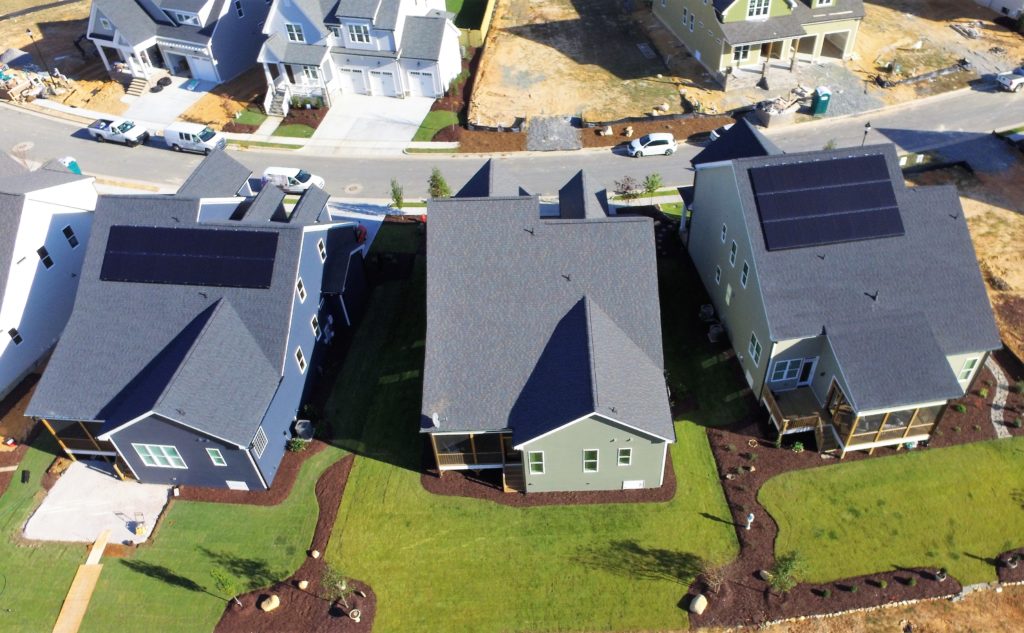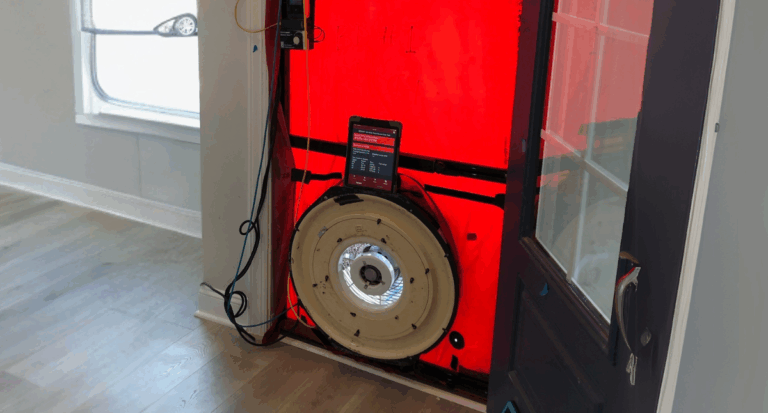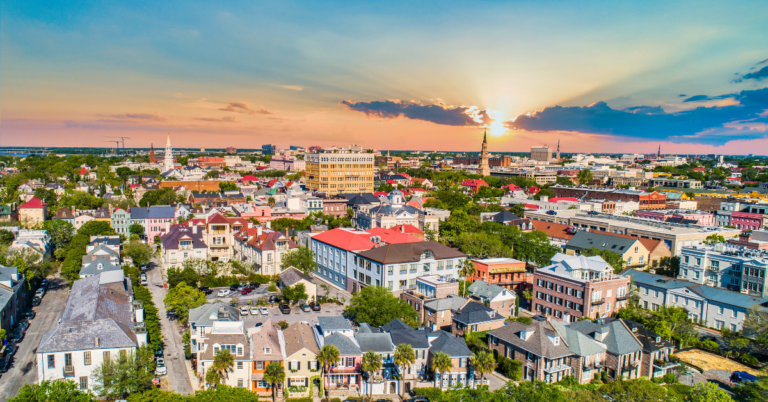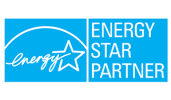Top Concerns and Overcoming Them
Does this sound familiar?
- “Building green or to an energy efficient standard is too expensive!”
- “How does building green benefit us?”
These are common objections we hear from builders. In this post, we provide a few resources that could wipe away these concerns.
Did you know that there are financial incentives available to decrease the cost of building green? Did you also know that building green can increase the sale price on your homes? In this post we will cover a few incentive programs that pay off – literally!
Is Building Green Even Worth it?
There’s no doubt that homes with energy efficient and green features capture attention. On average, high performance homes sell for $3 more per square foot than the standard code-built home. With high-performance homes in demand, they are sold faster than other homes. In addition, homes that are built to a higher standard provide more comfort for the homeowner and reduces their electricity bills each month.
Energy Efficiency and Financial Incentives

Duke Energy Progress
Duke Energy Progress has financial incentives available for builders that go up to $9,000 per home. If you build a new energy-efficient residence in Duke Energy Progress’ service territory, you may be eligible for their Residential New Construction Program. If you aren’t planning on building energy efficient residences just take a look at the requirements below. Often times, many builders are already well on their way to qualify and they don’t even know it. This could be you and you could potentially be losing out on money that is available.
To qualify for the incentive, builder’s may participate in either the Whole-House Incentives or the Equipment Incentives Program. The image below describes the requirements that must be met along with the incentive associated with the requirement.
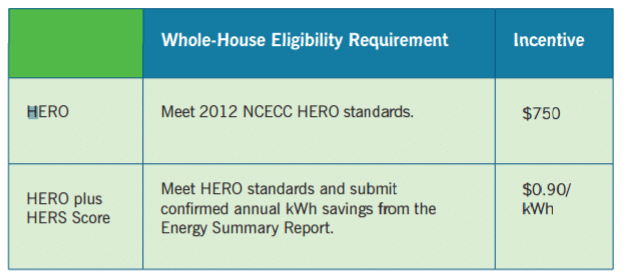
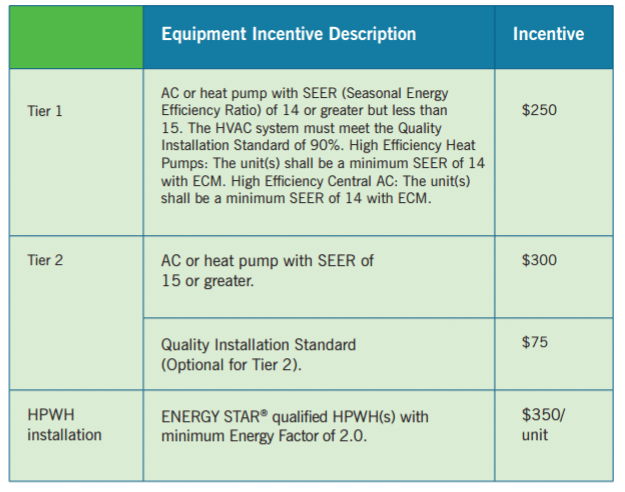
In addition to the requirements above, Whole-House Incentive homes must receive a HERS score, which can be verified by certified HERS Rater like Southern Energy Management.
Click here for more information on the Duke Energy Progress Residential New Construction Program.
Santee Cooper
The Santee Cooper Smart Energy New Homes Program is a rebate program that is available to builders who build new homes or perform a complete gut-rehab on an existing home within Santee Cooper’s territory.
There are two pathways that a builder can take to receive a Santee Cooper Smart Energy New Homes Program Rebate:
- The Performance Pathway
- The Equipment Pathway
Homes built under the Performance Pathway must be built to an energy efficient standard as prescribed by the manual and receive a HERS score by a certified HERS Rater. Furthermore, homes that are built or getting a complete gut rehab under the Performance Pathway are eligible for additional rebates.
The 2017-2018 Smart Energy New Homes Program Manual details the exact steps that builders must take in order to receive rebates on their homes. For more information, please refer to the Program Manual.
Federal Tax Credits
The Energy Efficient Tax Credit for Residential Properties, also known as the 45L EPAC is a tax credit available to builders and developers of energy efficient homes. The tax credit is worth $2,000 per residential unit or dwelling. Properties that qualify for this tax credit include single family homes, townhouses, apartments, and condominiums.
In order to qualify for the 45L EPAC, a home must be certified to reduce heating and cooling consumption by 50%. This reduction is relative to the International Energy Conservation Code (IECC). In addition the home must meet the minimum efficiency standards that are established by the Department of Energy.
The 45L expired at the end of 2016. However, it has the potential to be renewed retroactively towards the end of the year. Should this happen, builders and developers who meet the standards are encouraged to amend their tax records.
Additional Resources
Duke Energy Progress, Santee Cooper, and the Federal Tax Credit program are just a couple of examples, however they are not the only ones available to you. There are numerous Federal and State Incentives available for building green and efficiently. The NC Clean Energy Technology Center developed the Database of State Incentives for Renewables & Efficiency (DSIRE). DSIRE is a comprehensive database that has information on incentives and policies that support renewable energy and energy efficiency in the United States.
Building to a green and energy efficient standard is easier now than before. At Southern Energy Management, we can provide you with all the tools you need to get you on track. To learn more, visit southern-energy.com .

